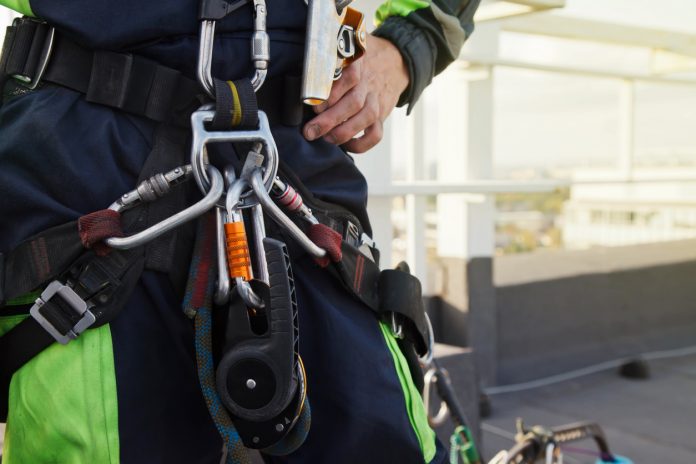While the DOT checks all components of your air brake system, brake adjustment, or lack thereof, is the most common issue found. Earlier, we discussed how to properly adjust functioning self-adjusting slack adjusters. This article will deal with how to determine the difference between manual slack adjusters and automatic slack adjusters, what you need, and how to properly adjust both.
Manual slack adjusters are shaped somewhat like a pear and are usually mounted with the round side up. To check for proper adjustment, first ensure the brakes are released and pull on the push rod to measure the travel. It should move no more than 1 inch (2.5 cm). If the travel exceeds this measurement, they need to be adjusted. Locate the adjusting bolt and, using a 9/16 inch box end wrench (do not use an open-end wrench), push in the locking ring and tighten the bolt as far as you can, then loosen it off 1/4 turn. Once adjusted, make sure the locking ring returns to lock the adjustment bolt in place to prevent them from sliding out of adjustment again. Repeat this process for all the brakes on your trailer.
Automatic slack adjusters look similar, but they have an additional part from the hub to the narrow end, which looks like a small shock absorber. You check the adjustment the same way, and the measurement should be the same. If it does need adjustment, the process is the same, but you need a 7/16 inch box end wrench.
If you ever need to adjust an automatic adjuster, stop at the next repair facility and have it properly serviced or replaced, as it will fail again.



















